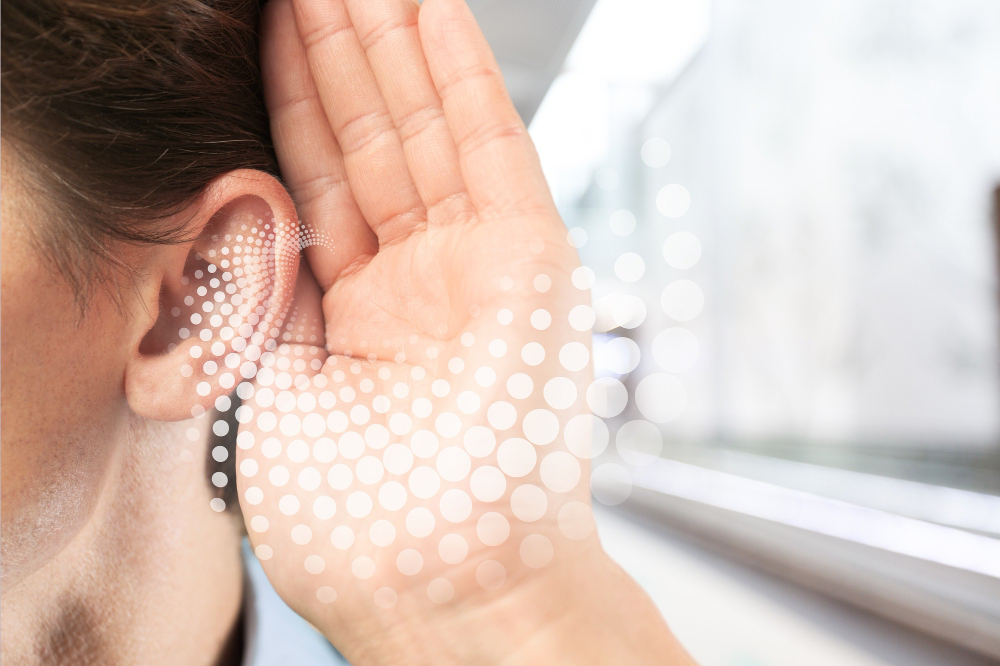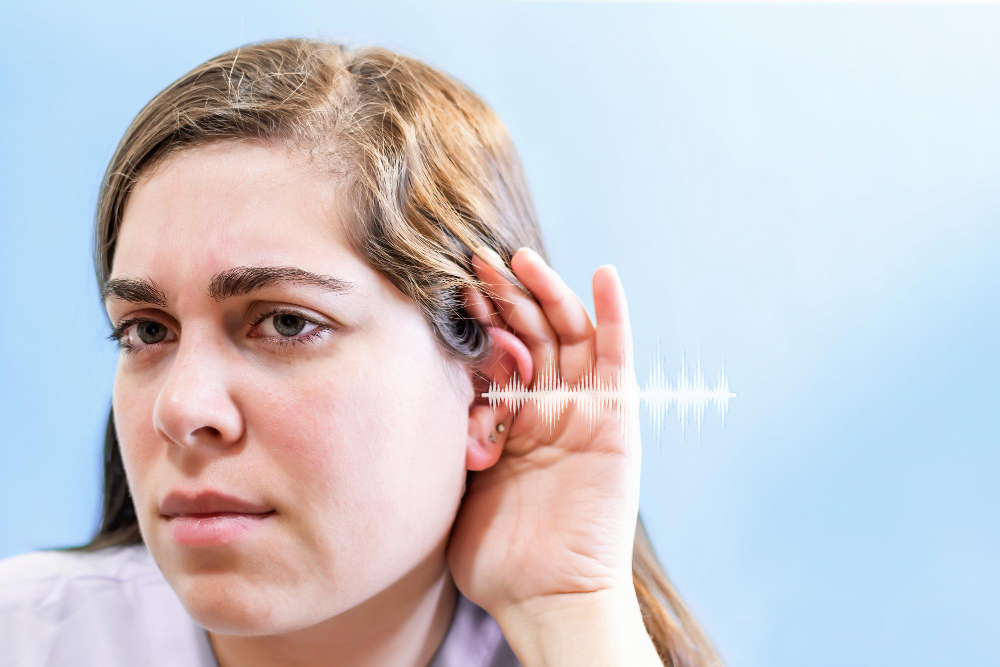
Beyond Amplification: Exploring the Advanced Features of Modern Hearing Aids
Modern hearing aids have evolved far beyond simple sound amplification. These cutting-edge devices now incorporate sophisticated technology to provide clearer, more natural hearing experiences. This guide explores the advanced features redefining hearing aid functionality.
The Digital Revolution: Precision and Clarity
At the core of modern hearing aids is Digital Signal Processing (DSP). This technology fine-tunes incoming sounds by adjusting frequency, volume, and clarity based on individual hearing loss profiles. By minimizing distortion and optimizing speech recognition, DSP ensures a more natural and comfortable listening experience.
Navigating Noisy Environments: Advanced Noise Reduction
Understanding speech in noisy settings can be challenging for individuals with hearing loss. Modern hearing aids use noise reduction algorithms to differentiate between speech and background noise, suppressing unwanted sounds while enhancing clarity. Some models even incorporate machine learning to adapt to various noise environments over time.
Focusing on What Matters: Directional Microphones
Directional microphones help isolate specific sounds, such as conversations in crowded spaces. By focusing on sounds from a designated direction, these microphones improve speech recognition and clarity in complex auditory environments.
Eliminating Feedback: Advanced Feedback Suppression
Traditional hearing aids often produce annoying whistling or buzzing sounds due to feedback. Advanced feedback suppression systems actively detect and eliminate these issues in real time, ensuring a more seamless listening experience.
Seamless Connectivity: Bluetooth and Beyond
Bluetooth-enabled hearing aids allow users to stream audio directly from smartphones, televisions, tablets, and other digital devices. This feature enhances convenience by enabling hands-free phone calls, music streaming, and better integration with digital entertainment.
Intelligent Adaptation: Artificial Intelligence (AI)
AI-powered hearing aids personalize the listening experience by learning user preferences and automatically adjusting settings based on the environment. Some devices utilize machine learning to recognize familiar voices, prioritize speech, and adapt in real time.
Powering Convenience: Rechargeable Batteries
Rechargeable batteries eliminate the need for frequent replacements, offering extended battery life on a single charge. This innovation provides a more eco-friendly and hassle-free alternative to traditional disposable batteries.
Managing Tinnitus: Tinnitus Masking
For individuals suffering from tinnitus, some hearing aids include tinnitus masking technology. By generating soothing sounds like white noise or nature sounds, these devices help minimize the perception of tinnitus and provide relief.
Seamless Integration: Telecoil Technology
Telecoil (T-coil) technology connects hearing aids to loop systems found in public venues like theaters, churches, and conference halls. This feature bypasses background noise and enhances sound quality, making it easier to hear in large spaces.
Personalized Experiences: Customization and Control
Many modern hearing aids offer smartphone apps for real-time adjustments. Users can create personalized listening profiles, adjust settings, and fine-tune sound preferences based on their specific hearing needs.
The Future of Hearing: Innovations and Advancements
The future of hearing aid technology continues to evolve, with research focused on:
-
Neural network processing: Refining sound processing to mimic natural hearing.
-
Enhanced speech recognition: Improving clarity in complex auditory settings.
-
Wearable health integration: Tracking vital health metrics alongside hearing data.
-
IoT connectivity: Enabling seamless integration with smart home and wearable devices.
Conclusion
Modern hearing aids are no longer just amplification devices—they are intelligent, adaptive systems designed to improve communication and enhance quality of life. With cutting-edge features such as AI, Bluetooth connectivity, noise reduction, and tinnitus masking, today’s hearing aids empower users to experience the world with greater clarity and confidence.


